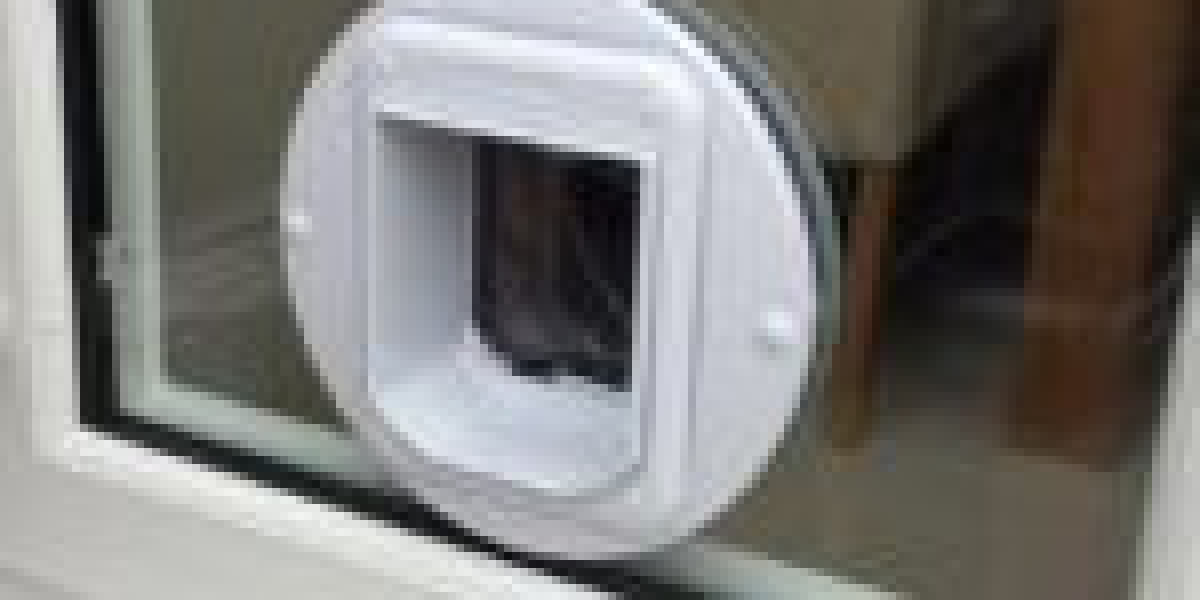
The Ultimate Guide to Cat Flap Fitting: A Comprehensive Overview

As any cat owner can testify, providing a safe and convenient way for your feline friend to get in and exit your house is vital. One popular service is a cat flap, a little door set up in a wall or door that enables your cat to come and go as it pleases. However, fitting a cat flap requires mindful factor to consider and planning to make sure that it is safe, protected, and effective. In this post, we will look into the world of cat flap fitting, checking out the different types of cat flaps, the benefits and disadvantages of each, and supplying a step-by-step guide on how to install a certified cat flap installer flap in your house.
Kinds Of Cat Flaps
There are several types of cat flaps available on the market, each with its special functions and advantages. A few of the most popular types of cat flaps include:
- Manual Cat Flaps: These are one of the most standard kind of cat flap and require your modern cat flap installation to push the flap open with its head or paw.
- magnetic cat flap installation Cat Flaps: These cat flaps utilize a magnetic closure to keep the flap shut, providing included security and decreasing drafts.
- Electronic Cat Flaps: These state-of-the-art cat flaps utilize sensing units and motors to open and close the flap, providing optimum convenience and security.
- Insulated Cat Flaps: These cat flaps are created to decrease heat loss and keep your home warm, making them perfect for chillier environments.
Benefits of Cat Flaps
Cat flaps offer numerous advantages to both felines and their owners, consisting of:
- Convenience: Cat flaps permit your cat to come and go as it pleases, reducing the requirement for consistent door opening and closing.
- Security: cat proofing door installation flaps supply a safe and safe method for your cat to get in and exit your home, lowering the danger of injury or escape.
- Energy Efficiency: Insulated cat flaps can help in reducing heat loss and keep your home warm, www.Repairmywindowsanddoors.co.Uk making them an economical solution.
- Minimized Stress: Cat flaps can help in reducing stress and anxiety in cats, offering them with a sense of liberty and self-reliance.
Disadvantages of Cat Flaps
While cat flaps use several benefits, there are also some possible disadvantages to consider, consisting of:
- Security Risks: If not installed properly, cat flaps can pose a security threat, allowing undesirable animals or burglars to enter your home.
- Drafts: If not insulated properly, cat flaps can create drafts, lowering the energy efficiency of your home.
- Maintenance: Cat flaps require routine maintenance to ensure they stay clean and practical.
How to Install a Cat Flap
Setting up a cat flap is a reasonably uncomplicated process, however it does require some preparation and preparation. Here is a detailed guide on how to set up a cat flap:
- Choose the Right Location: The place of your cat flap is vital, as it requires to be available to your cat and supply a safe and safe entry and exit point. Consider the height and location of the cat flap, along with the surrounding area.
- Measure the Opening: Measure the opening where you prepare to set up the cat flap, taking into account the size of the flap and any surrounding blockages.
- Cut the Opening: Use a saw or drill to cut the opening for the cat flap, making sure it is level and protect.
- Set up the Frame: Install the frame of the cat flap, using screws or nails to secure it in place.
- Include the Flap: Add the flap to the frame, ensuring it is firmly connected and functions correctly.
- Include Any Additional Features: Add any additional features, such as sensors or motors, according to the manufacturer's instructions.
- Test the Cat Flap: Test the cat flap to ensure it is working correctly and securely.
Advice
Here are some tips and techniques to keep in mind when installing a cat flap:
- Use a level: Make sure the cat flap is level and protect to prevent any problems with the flap opening and closing.
- Add insulation: Add insulation around the cat flap to lower drafts and keep your home warm.
- Think about the size: Consider the size of your cat when selecting a cat flap, as larger felines may require a bigger flap.
Frequently Asked Questions
Here are some often asked questions about cat flap specialist flaps:
Q: What is the very best type of cat flap for my home?A: The best kind of cat flap for your home will depend upon your particular needs and scenarios. Think about factors such as security, energy effectiveness, and convenience when picking a cat flap.
Q: How do I keep my cat flap clean?A: To keep your cat flap clean, routinely clean it down with a damp cloth and vacuum any particles or dirt.
Q: Can I install a cat flap myself?A: Yes, you can install a cat flap yourself, but it might need some DIY abilities and understanding. If you are not sure or uneasy installing a cat flap, think about seeking advice from a professional.
Conclusion
In conclusion, cat flaps are a practical and secure method to offer your feline pal with access to the outdoors. With the ideal kind of cat flap and proper installation, you can take pleasure in the advantages of a cat flap while reducing the downsides. By following the tips and techniques detailed in this short article, you can ensure a safe and protected installation that satisfies the requirements of both you and your cat.
Extra Resources
- Cat Flap Installation Guide: A thorough guide to installing a cat flap, including detailed guidelines and diagrams.
- Cat Flap Maintenance Tips: A list of tips and tricks for maintaining your cat flap, including cleansing and repair suggestions.
- Cat Flap Buying Guide: A guide to picking the ideal cat flap for your home, including considerations such as security, energy effectiveness, and convenience.








